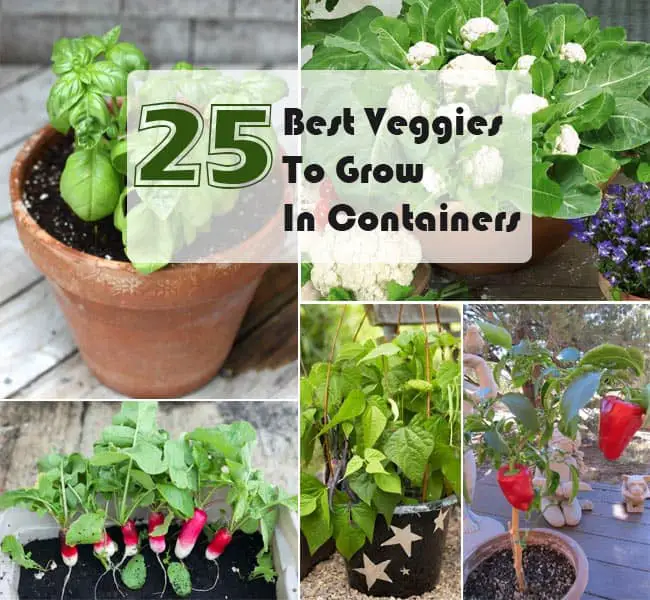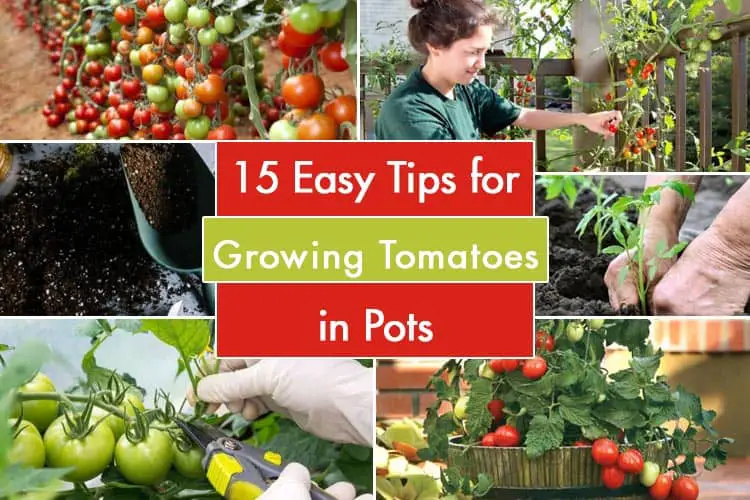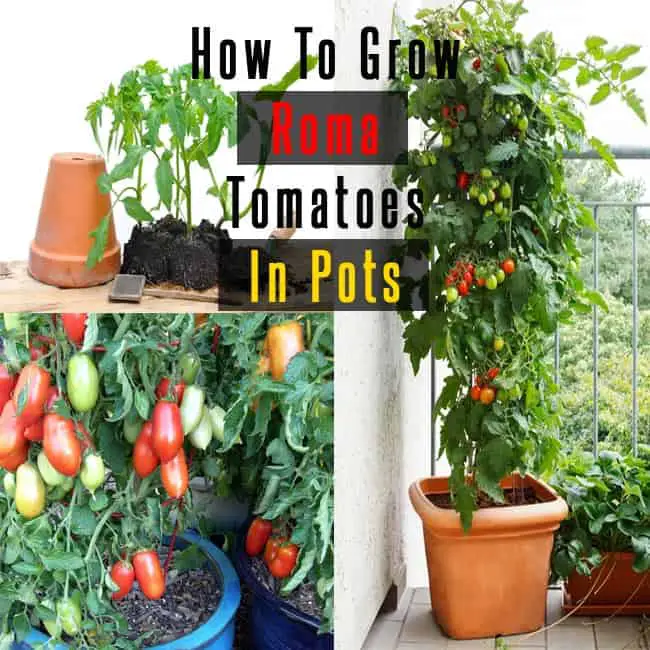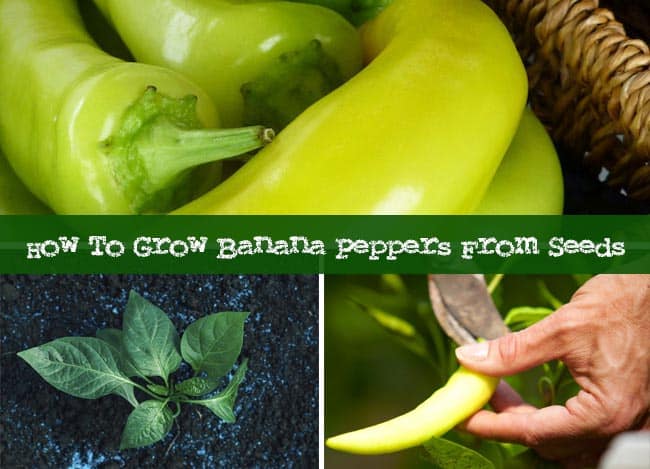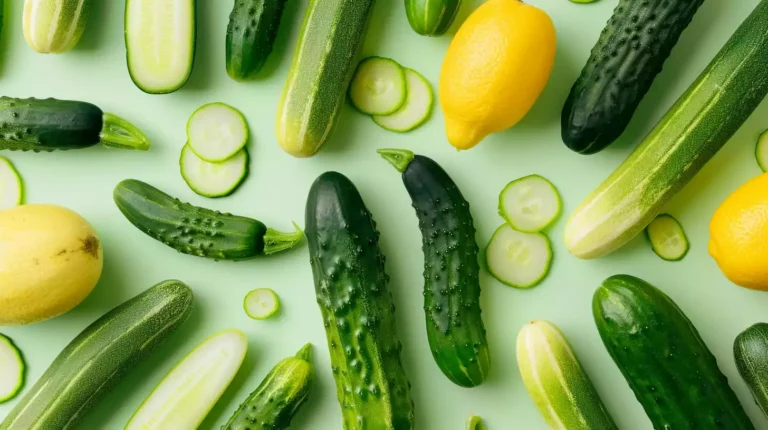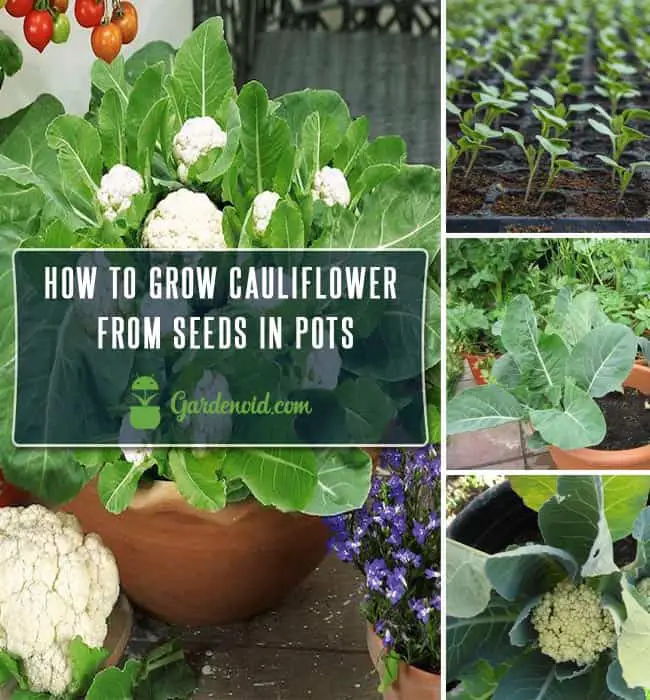Bring the Garden Inside: Grow Bell Peppers Indoors
As I observed the tiny bell pepper seeds settling into the soil, I marveled at the potential they held.
Growing bell peppers indoors from seeds is a rewarding process that demands patience and commitment.
From selecting the right seeds to troubleshooting common issues, each step is crucial in nurturing these vibrant plants to maturity.
Continue Reading to Understand These Key Points:
- Choose high-quality seeds suitable for indoor cultivation.
- Provide optimal growing conditions like warm soil and LED lights.
- Use organic seed starting supplies for successful germination.
- Ensure proper storage of leftover seeds for future use.
Benefits of Growing Bell Peppers Indoors
Growing bell peppers indoors offers numerous advantages that make it a rewarding and practical gardening. Indoor cultivation allows for year-round production, unaffected by outdoor weather conditions.
One significant benefit is the ability to control pests and diseases more effectively compared to outdoor growing.
Cultivating bell peppers indoors from seeds provides access to a wide array of varieties not available in stores, allowing for a diverse pepper harvest.
Another advantage is the flexibility to implement organic growing practices, ensuring that the peppers are free from harmful chemicals.
Selecting the Right Seeds
When selecting the right seeds for growing bell peppers indoors, it’s crucial to focus on seed quality. High-quality seeds from reputable suppliers ensure better germination rates and healthy plant development.
Considering the specific growing conditions required for each bell pepper variety can also enhance your indoor gardening success.
Seed Quality Matters
Selecting high-quality bell pepper seeds is crucial for successful indoor growth and a bountiful harvest. Opt for organic or heirloom seeds with superior quality and unique flavors.
Choose seeds with a high germination rate for successful growth. Look for reputable suppliers or sources for viable seeds.
Check the seed packet for variety, expected germination time, and specific planting instructions. Properly store leftover seeds in a cool, dry place for future use and a sustainable indoor pepper garden.
Consider Growing Conditions
To ensure successful indoor bell pepper growth, carefully consider the specific growing conditions required by the selected seeds. Choose bell pepper seeds labeled as suitable for indoor cultivation and ensure warm soil for germination.
Use seed trays to maintain ideal soil temperature.
Supplement with LED lights for ample light exposure. Understand bell peppers’ extensive root systems and select seeds accordingly for successful indoor cultivation.
Seed Starting Supplies Needed
For successful bell pepper seed germination indoors, you need organic seed starting mix, seed trays, a heating mat, a humidity dome, and containers for planting seeds.
- Organic Seed Starting Mix: Quality organic mix with aeration aids germination and prevents pests.
- Seed Trays: Essential containers for healthy root development.
- Heating Mat: Maintains optimal warmth for seed sprouting.
- Humidity Dome: Regulates moisture levels for germination and growth.
Having these supplies ready ensures healthy bell pepper seedlings.
Proper Seed Starting Technique
When starting bell pepper seeds indoors, it’s crucial to select high-quality seeds for optimal germination and growth.
Ensuring ideal germination conditions, such as proper soil depth and consistent moisture levels, is essential for successful seed starting.
Seed Selection Tips
Selecting bell pepper seeds for indoor growing involves careful consideration of factors like quality, variety, and desired plant characteristics. When choosing seeds, keep in mind the following tips:
- Quality and Variety: Opt for bell pepper seeds from reputable suppliers to ensure a wide selection of varieties.
- Hybrid or Heirloom: Decide based on the desired characteristics like color, size, and flavor you want in your peppers.
- Plant Growth Habits: Consider the growth habits of the pepper plant when selecting seeds to suit your indoor space.
- Organic or Non-GMO: Choose organic or non-GMO bell pepper seeds to align with sustainability and health preferences.
Ideal Germination Conditions
Carefully choose ideal bell pepper seeds for indoor growing and ensure proper germination conditions for successful seed starting and healthy plant development.
Use a seed starting mix with good aeration and maintain soil temperature at least 70°F (21°C). Consider a seedling heat mat for consistent warmth to promote uniform sprouting.
Keep soil moist but not waterlogged to support healthy seedling growth.
Place seed trays in a warm, sunny spot for robust pepper plant development.
Providing Optimal Growing Conditions
To ensure optimal growth conditions for indoor bell peppers, maintaining a soil temperature of 70°F (21°C) or higher is crucial. Follow these steps for the best environment for your bell pepper plants:
- Use Fluorescent Grow Lights: If natural sunlight is insufficient, consider using fluorescent grow lights for at least 8 hours daily.
- Utilize Heat Mat: A heat mat helps maintain the soil temperature, promoting germination and growth.
- Keep the Soil Moist: Consistent watering is essential to keep the soil moist without overwatering.
- Choose the Right Potting Mix: Use a well-draining potting mix tailored for vegetables to provide nutrients and proper aeration.
Transplanting Seedlings to Pots
When transplanting bell pepper seedlings to pots, ensure they’ve developed 2-3 sets of true leaves for optimal growth.
Choose individual pots that are at least 3-4 inches in diameter to provide space for the developing root system. Use pots with proper drainage holes to prevent waterlogging, which can cause root rot and other issues.
Prepare nutrient-rich potting soil before transplanting to give seedlings essential nutrients for healthy growth.
Loosen the roots of the seedlings gently to encourage spreading and establishment in their new pots, allowing better access to nutrients and water.
Caring for Young Bell Pepper Plants
To nurture young bell pepper plants successfully, prioritize providing them with a minimum of 6-8 hours of sunlight daily for robust growth and development.
Essential care tips for young bell pepper plants include:
- Monitor Soil Moisture: Keep the soil consistently moist by watering the plants when the top inch of soil feels dry. Ensure proper drainage to prevent waterlogging, which can lead to root rot.
- Promote Air Circulation: Maintain good air circulation around the plants to prevent issues like mold and fungal diseases. Placing a fan on low near the plants can help in this regard.
- Avoid Over-Fertilizing: Resist the temptation to over-fertilize young bell pepper plants. Excess nutrients can cause imbalances and potentially harm the plants. Use a balanced fertilizer sparingly.
- Check Temperature: Monitor the temperature around the plants, aiming for a range between 65-75°F for optimal development. Avoid extreme temperature fluctuations, as this can stress the plants.
Troubleshooting Common Growing Issues
When troubleshooting common issues with bell pepper plants, it’s important to address yellowing or dropping leaves indicating overwatering or nutrient deficiencies.
Leggy seedlings signal insufficient light; adjust by moving closer to a grow light. Slow growth may be due to low temperatures or lack of fertilization.
Mold on soil suggests excessive moisture; improve drainage and airflow. Misshapen peppers could result from inconsistent watering or nutrient imbalances.
Final Thoughts
Growing bell peppers indoors from seeds can be a rewarding experience. It requires attention to factors like providing optimal conditions and caring for the plants. The benefits of fresh, homegrown peppers make it worth it.
Remember, even if you encounter challenges, don’t get discouraged – every gardener faces setbacks. With patience and perseverance, you can achieve a successful harvest of delicious bell peppers.
Happy growing!

